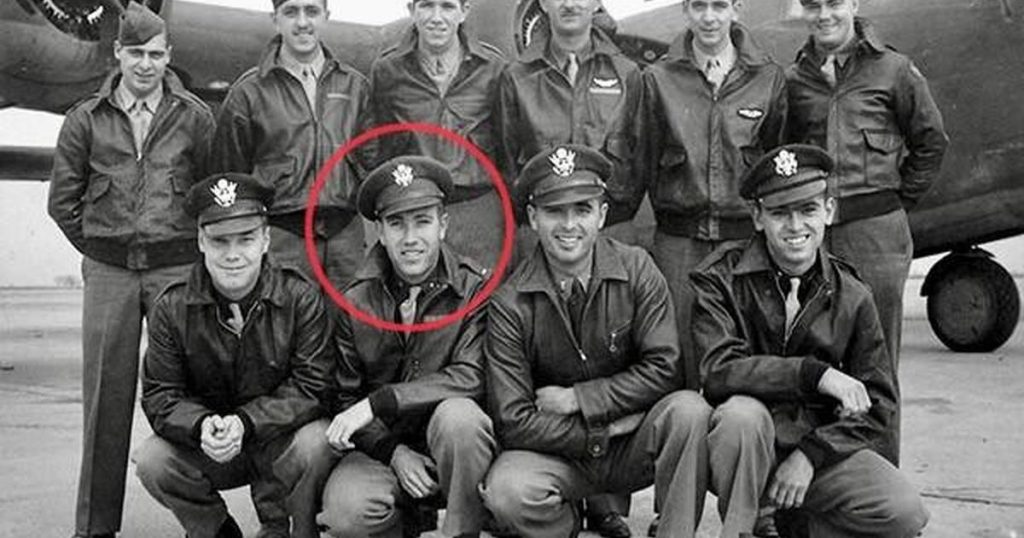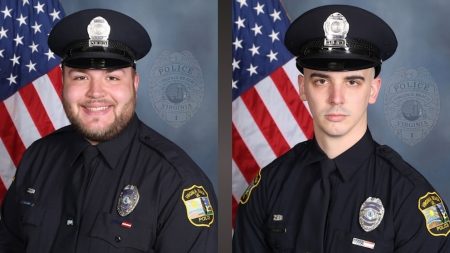Introduction: The Long Journey Home for Lt. Herbert G. Tennyson
In a poignant conclusion to an 80-year journey, Lt. Herbert G. Tennyson, a U.S. Army Air Forces pilot, has finally been accounted for after the tragic loss of his bomber, "Heaven Can Wait," during World War II. This remarkable story, spanning decades of mystery and perseverance, brings closure to a family and highlights the enduring commitment to honor the fallen.
The Fateful Mission: "Heaven Can Wait" and Its Crew
On March 11, 1944, Lt. Herbert G. Tennyson, just 24, led his crew on a bombing mission over Hansa Bay, New Guinea. The young pilot from Wichita, Kansas, commanded the B-24D Liberator bomber "Heaven Can Wait," a name that echoed the crew’s hope for survival. The mission, however, turned tragic when anti-aircraft fire struck their plane, causing a fatal explosion. Witnesses recalled the aircraft’s violent descent into the Pacific Ocean, leaving no signs of survivors.
Aftermath and Early Recovery Attempts: A Search for Answers
Following the crash, extensive searches by U.S. military units in New Guinea yielded no recoverable remains, leading to the conclusion in 1950 that Tennyson and his crew were lost forever. The passage of time, however, did not diminish the resolve to find them. Their story remained a testament to the sacrifices of WWII, awaiting the advancements that would one day reunite them with their homeland.
Modern Recovery Efforts: Technology Meets Tenacity
In 2017, the landscape shifted with the discovery of the "Heaven Can Wait" wreckage in Hansa Bay by Project Recover, using advanced sonar technology. This breakthrough initiated a meticulous process of verification and recovery. The Defense POW/MIA Accounting Agency (DPAA) conducted thorough investigations, clearing the site of hazards and collecting evidence. In 2023, an underwater recovery team excavated the site, gathering crucial artifacts, including life support equipment and identification tags.
Identification and Closure: Honoring the Fallen
The DPAA employed cutting-edge forensic techniques—dental, anthropological, and mitochondrial DNA analysis—to identify Tennyson’s remains from the recovered evidence. This scientific dedication ensured that Lt. Tennyson would finally return home. His family, after decades of uncertainty, received the news, bringing a mix of sorrow and relief. Tennyson’s upcoming burial in Wichita, Kansas, marks a significant step in healing and remembrance.
Legacy of the Crew: A Shared Journey to Justice
Lt. Tennyson’s identification is part of a broader effort to account for all "Heaven Can Wait" crew members. Recently, Staff Sgt. Eugene Darrigan, 2nd Lt. Thomas Kelly Jr., and 2nd Lt. Donald Sheppick have also been identified, a testament to collective resilience and the nation’s commitment to its heroes. Their stories, intertwined with sacrifice and memory, remind us of the profound impact of war and the enduring quest for closure.
Conclusion: Bringing Heroes Home
The journey of Lt. Herbert G. Tennyson and his crew from a tragic WWII mission to their rightful rest is a narrative of perseverance, science, and honor. It underscores the importance of never forgetting those who served, ensuring that their legacy endures. As Tennyson’s family prepares to lay him to rest, his homecoming symbolizes the triumph of memory over time, a testament to the enduring spirit of a nation and its heroes.















